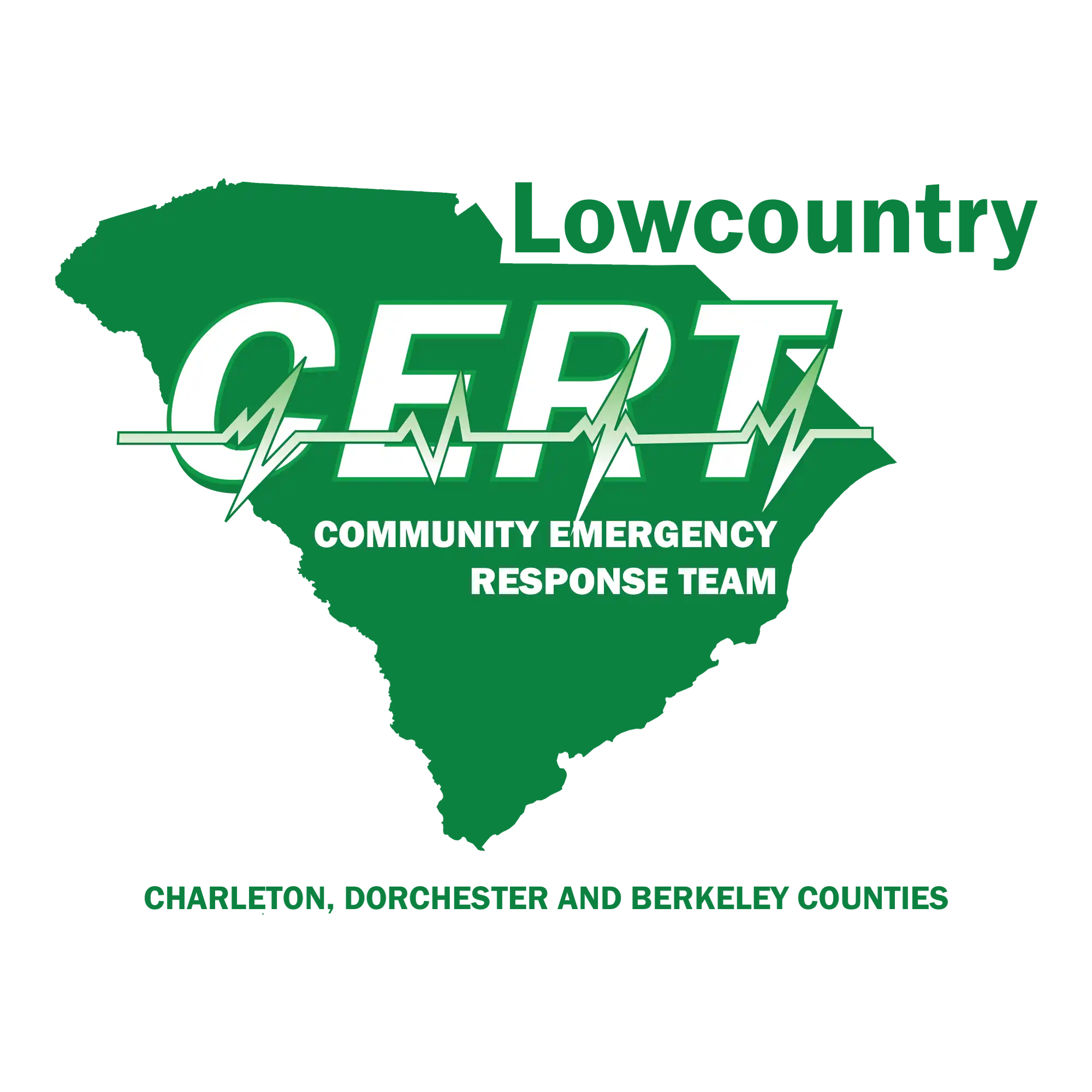Community Emergency Response Team (CERT)

The purpose of the Community Emergency Response Team (CERT) training is to provide residents with basic disaster knowledge to assist themselves, their family, and neighbors in the initial phases of a disaster. Charleston County provides two CERT Basic and CERT Train-the-Trainer (Instructor) classes per year, typically late spring and winter unless otherwise noted. CCEMD does not conduct additional classes past these two.
Charleston County encourages graduates of the CERT Basic Class to return to their communities to build CERT Teams that are appropriate for their needs. Graduates of the CERT Instructor class must still receive sponsorship from a recognized training entity prior to issuing course certificates.
CERT Training
Classes conducted by CCEMD are listed below.
CERT Basic classes are required to have a minimum of 20 students at the beginning of class, and CERT Instructor must have 10.
Please note that to be eligible to be a CERT Instructor you must have completed a CERT Basic Course within the last 5 years, and provide a letter from your sponsoring organization/affiliated group confirming their support of your attendance in the course (i.e. elected/appointed official, HOA President, employer, etc).
Charleston County
ChasCountyGov
ChasCountyGov
Charleston County Government
CharlestonCountyGovernment
CharlestonCountyGovernment
CharlestonCountyGov
ChasCountyGov